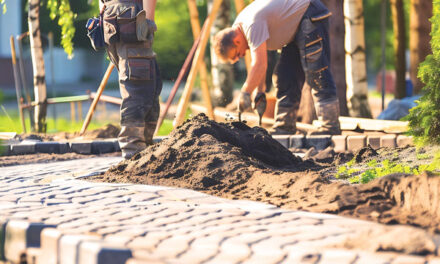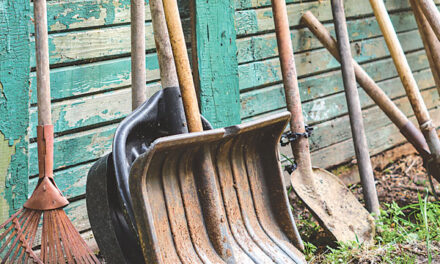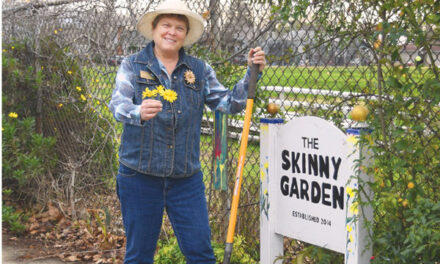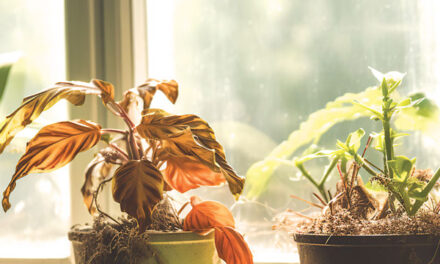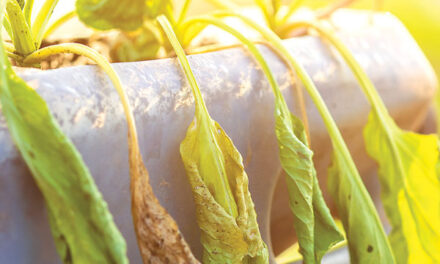Fall arrives without warning, like flashing lights and sirens in the rear-view mirror. One day, we are bobbing in the pool. The next day, leaves are crimson and shelves are stocked with pumpkin-carving kits. Cooler air stirs the seasonal question, “What happened to summer?”
September is transition time in gardens where there is lingering beauty and things to do. While still wearing sandals and shorts, give some thought and love to the garden before it’s too late.
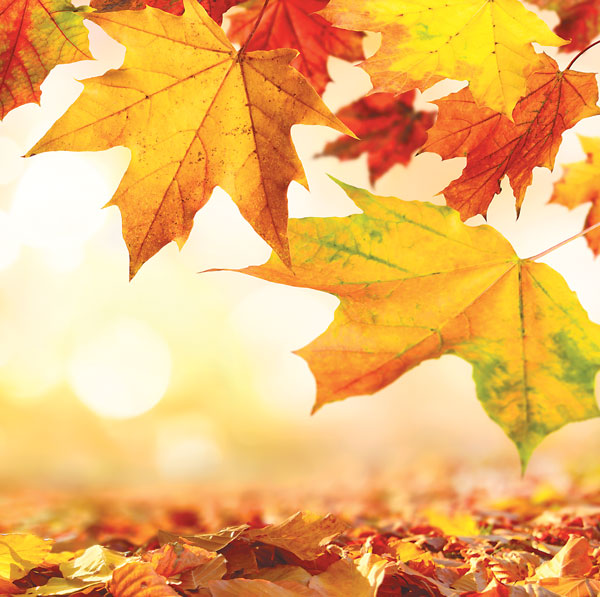
“Fall is my favorite time of year, especially for roses,” says Ellie Longanecker, a Master Rosarian and UC Master Gardener. “The colors brighten, the blooms are larger, the fragrance is more intense and the flower count increases. I love being outside again. Let’s face it, in Sacramento, the roses of July and August are just potpourri.”
She recommends a fall feeding, using an organic fertilizer with beneficial soil microbes, pruning out interior cross branching to allow better air circulation and resetting the irrigation timer for reduced water once temperatures drop. Oh, and cut a few of those gorgeous roses for bouquets.
Consider “shovel pruning” disappointing roses in early fall. Dig them up, toss and amend the area with compost. By spring, the soil will have recovered and will embrace the newbies, Longanecker says.
Trees are too often overlooked until there is a serious and expensive problem. It can take decades to replace a stately tree. September is an opportune time to get a tree checkup. Mature trees that may be diseased should be inspected by a certified arborist, preferably before powerful storms pound Sacramento. Getting an onsite opinion from certified and consulting arborists is always a good idea before hiring a tree service.
Trees and perennials are best planted in fall when soil and air temperatures are cooler, but warm enough to greatly accelerate root development. By spring, they will be more established and take off like a 4-year-old after an ice cream truck.
The Sacramento Tree Foundation has partnered with SMUD for the Sacramento Shade Tree Program. The program allows Sacramento County residents as many as 10 free trees! Visit sactree.com for details and loads of tree information, including how to find certified and consulting arborists in our area.
Tearing out the old and planting a new landscape is common in fall. Stephanie Robinson of the Sacramento Tree Foundation cautions that if you are removing lawn, installing walkways or patios or disturbing soil near existing trees, roots may be damaged. Consider consulting a certified arborist. Also consider permeable pathway material (water soaks through rather than running off) and rerouting paths to accommodate mature trees and root systems.
Existing trees, according to Robinson, will appreciate a new layer of wood chip mulch. Tree mulches help prevent weeds and insulate roots from cold temperatures. She suggests incorporating fallen leaves with the wood chips to bolster nutrients and help build healthy soil. A 4- to 6-inch layer of mulch (pulled 6 inches or so away from the trunk) will make trees happy.
There are always a few vegetable gardeners who attempt to keep tomatoes alive and producing until Thanksgiving and beyond. If that’s the plan, remove the dead and dying summer veggies in early fall. Dispose of any diseased plants and compost the rest. Clean up the entire veggie patch to discourage over-wintering pests and lay down a mulch of straw or shredded leaves to deny weeds.
Yes, it sounds daft to plant winter vegetables this early, but the warm-weather head start will pay off. Beets can be planted in August and September, along with carrots and potatoes. Start planting onion sets in mid-September.
If you are a home cook and a garlic and shallot grower, buy now before favored varieties are sold out. Both can be planted from September into November. I plant shallots and garlic the first week of October because it’s easy for me to remember. The UCCE Master Gardeners of Sacramento County offer the popular and handy “Sacramento Vegetable Planting Schedule” at sacmg.ucanr.edu. You will never have to guess again.
Dan Vierria is a University of California Cooperative Extension Master Gardener for Sacramento County and former Home & Garden writer for The Sacramento Bee. He can be reached at masterg29@gmail.com. For answers to gardening questions, contact the UCCE Master Gardeners at (916) 876-5338, email mgsacramento@ucanr.edu or visit sacmg.ucanr.edu. Follow us on Facebook, Twitter and Instagram: @insidesacramento.



